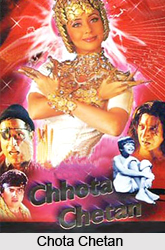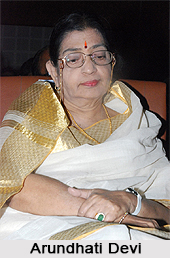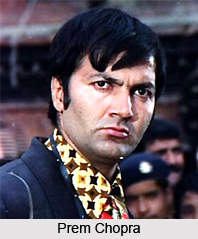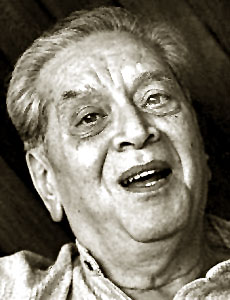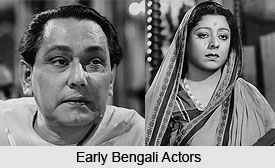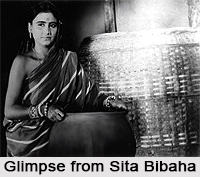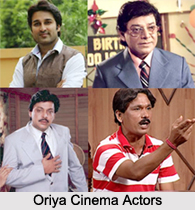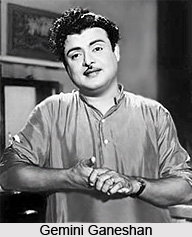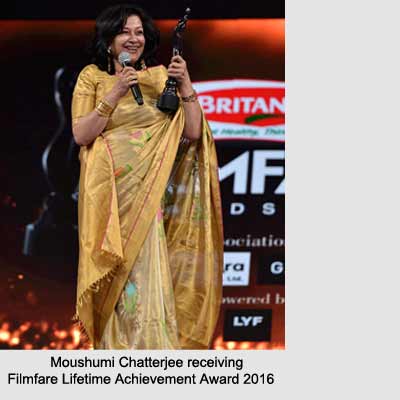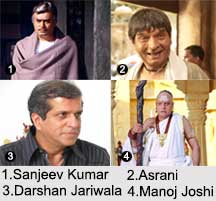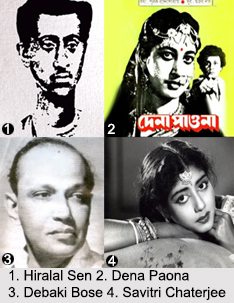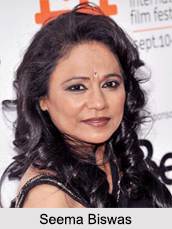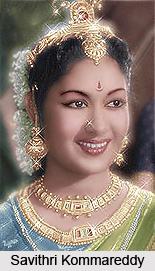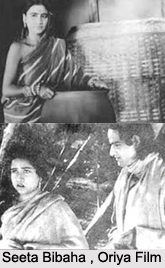 The first oriya film was Seeta Bibaha ,directed by Mohan Sunder Dev Goswami, the film starred makhanlal Bannerjee, Mohan Sunder Dev Goswami, Krishnachandra Singh, and Prabhavati. The first Oriya film, it presented the marriage of Lord Rama to Sita, based on the epic Ramayana. The film was sponsored by the Calcutta-based Kali Film Studio and cost Rs. thirty thousand. Sita Bibaha was the saga of relentless struggle for a manifestation of Oriya identity in celluloid form. It is a trenchant reminder that Oriya film industry culminated from a undying determination of dreamers on their path to materialise, facing odds, at home and from outside. It was the year of Oriya resurgence. 1936 was marked by a formation of a new entity of a nation in its political outlook. Culture could only follow suit. And even six days before the historic April 1, the first prints for the 12-reeled Seeta Bibaha" was already produced.
The first oriya film was Seeta Bibaha ,directed by Mohan Sunder Dev Goswami, the film starred makhanlal Bannerjee, Mohan Sunder Dev Goswami, Krishnachandra Singh, and Prabhavati. The first Oriya film, it presented the marriage of Lord Rama to Sita, based on the epic Ramayana. The film was sponsored by the Calcutta-based Kali Film Studio and cost Rs. thirty thousand. Sita Bibaha was the saga of relentless struggle for a manifestation of Oriya identity in celluloid form. It is a trenchant reminder that Oriya film industry culminated from a undying determination of dreamers on their path to materialise, facing odds, at home and from outside. It was the year of Oriya resurgence. 1936 was marked by a formation of a new entity of a nation in its political outlook. Culture could only follow suit. And even six days before the historic April 1, the first prints for the 12-reeled Seeta Bibaha" was already produced.
Mohan Sundar as the producer then had to seek loan to pay all the artistes. According to the vouchers signed by the artists, Makhanlal (Ram) had received Rs 120 on October 30, 1935. Adaita Ballabha Mohanty (Laxman) was paid just Rs 35 as conveyance fee. And incidentally, the actress Miss Prabhabati (Sita) received the highest among the lot, Rs 150.
The total expenditure incurred to make the first ever commercial movie in the history of Orissa was Rs 29,781 and 10 anna. The picture was subjected to Bengal Board of Film Certificate and the police commissioner of Lal Bazaar awarded it the censor certificate.
Nobody would claim the movie to be a flawless venture. But the very fact that it was first such adventure in the last sixty-five years of Oriya cinema suffices it to be termed commendable.
However the "flawless" performance of Narasingha Nandasharma as the boatman as well as Makhanlal Banerjee as Sri Ram were well received. The fourteen songs encapsulated in the movie amidst mythological interpretations were written collectively by Mohan Sundar and Nandasharma. What sets apart this cinema even when it is compared to this date, is the fact that all singers for the movie were from Orissa and Mohan Sundar knew his job well to maintain traditional music of the land in the cinema. The settings of the songs and dances were carefully chosen. Rishi Biswamitra arrives at the court of King Dasaratha to seek help of Ram and Laxman to combat the Asuras. A group song envelopes the durbar. Both the princes follow Biswamitra to an Ashram where a jagnya is underway. Tadaka and Subahu who then arrive to disrupt have to face the wrath of Ram. Tadaka dies while Subahu flees. A contented Biswamitra then welcomes the brother duo to Rishi Goutam`s Ashram. A major welcome song is then played in the cinema: "Ei je Ashrama Dekhuchha Sr Ram, Ei je banabaasa."
Post welcome, another song is sung in praise of Ram, "Debanka Tarane, Danuja
Marane." Among other songs in the film are "Apurba Kumari Tripura Sundari"
as an ode to Janaki`s beauty. Miss Prava in role of Sita, likewise, sings "Kali dekhithili madhura chaliki" which is jovially joined in by Sita`s Sakhis who sing "Kahniki go priya sakhi?"
It was the arrival of the first complete Oriya film. And it was a commercial success too. If popularity is any yardstick of any film`s success, it was a runaway hit. The two-hour long movie was released in Lakshmi Theatre, Puri and subsequently at Cinema Palace in Cuttack. It was drawing numerous crowds at several touring assignments like the ones conducted by "Radhakishen Chamelia Touring Cinema". The second Oriya film was produced in 1949.
